From Youtube channel matt + megs, a one-minute cartoon about the end-of-daily lives of Olimar and the Pikmin. It’s adorable. See see:
Olimar is Tired (Youtube, one minute)
The Flipside of Gaming
From Youtube channel matt + megs, a one-minute cartoon about the end-of-daily lives of Olimar and the Pikmin. It’s adorable. See see:
Olimar is Tired (Youtube, one minute)

One of the best Kirby games isn’t a traditional Kirby game at all. Long before Kirby and the Forgotten Land finally worked out how the game should work in three dimensions, there was Kirby Air Ride, a Gamecube racing game that’s so weird. Kirby tools around on the Warp Stars that are his trademark ride through a number of courses at speeds usually only seen in an F-Zero game. There’s a variety of stars that can be ridden, more to unlock, it was the second game in which Meta Knight was fully playable, and the first where King Dedede was (unless you count short sequences in Kirby 64).
Kirby Air Ride had three modes, but they all felt a bit half-baked except for one. The standard Air Ride mode wasn’t bad, but could only be played one course at a time, with no overarching mode that connected them. That’s right, it didn’t have a “Grand Prix” mode. And the other competitors were only differently-colored Kirbys (Kirbies?) anyway. The courses were pretty good, but it didn’t give you much to keep you playing except for its checklist (which we’ll get to).
There was also a special racing mode that took place from an overhead view, on special one-screen courses, like Atari’s Sprint games, which felt even less substantive than the standard racing mode.
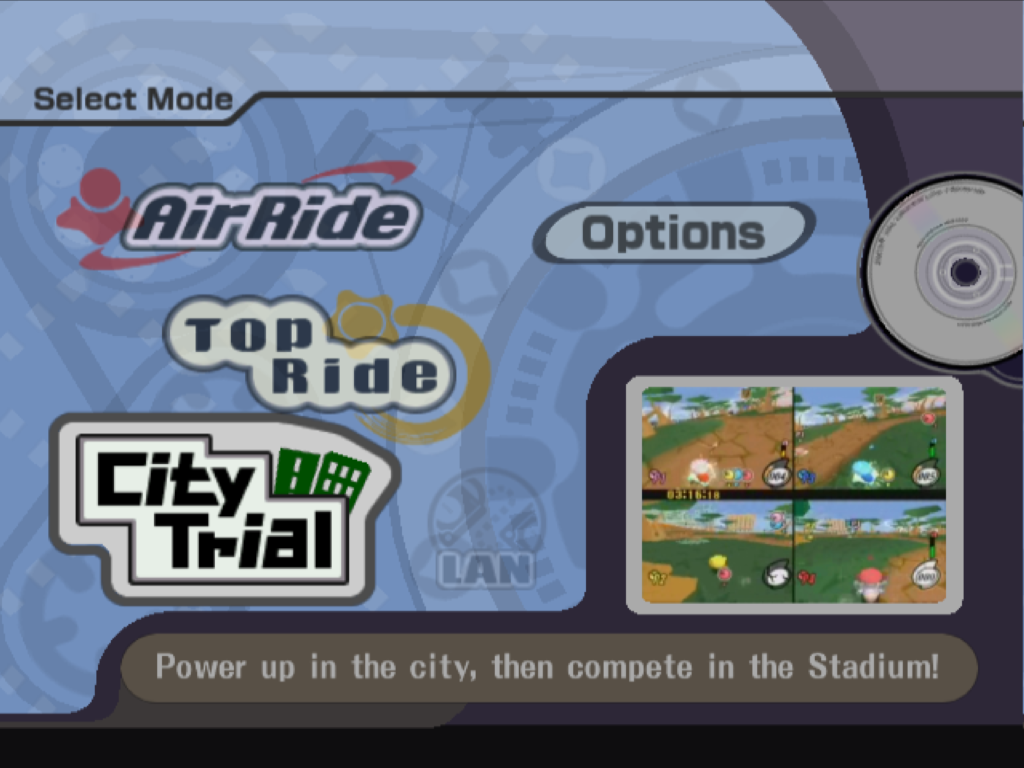
But the reason Kirby Air Ride is special, and the reason I still have my copy of the game after all these years, is City Trial, which is one of the most engaging racing game experiences I’ve ever seen. It’s really good. Not because it has any overarching structure the other modes lack (other than its checkbox screen). But because it’s so novel; no other game I can think of provides the kind of gameplay that City Trial does, unless you count Smash Run from the 3DS version of Super Smash Bros., which was also made by Masahiro Sakauri. But even it isn’t really the same thing, because you can’t interact with the other players during it!
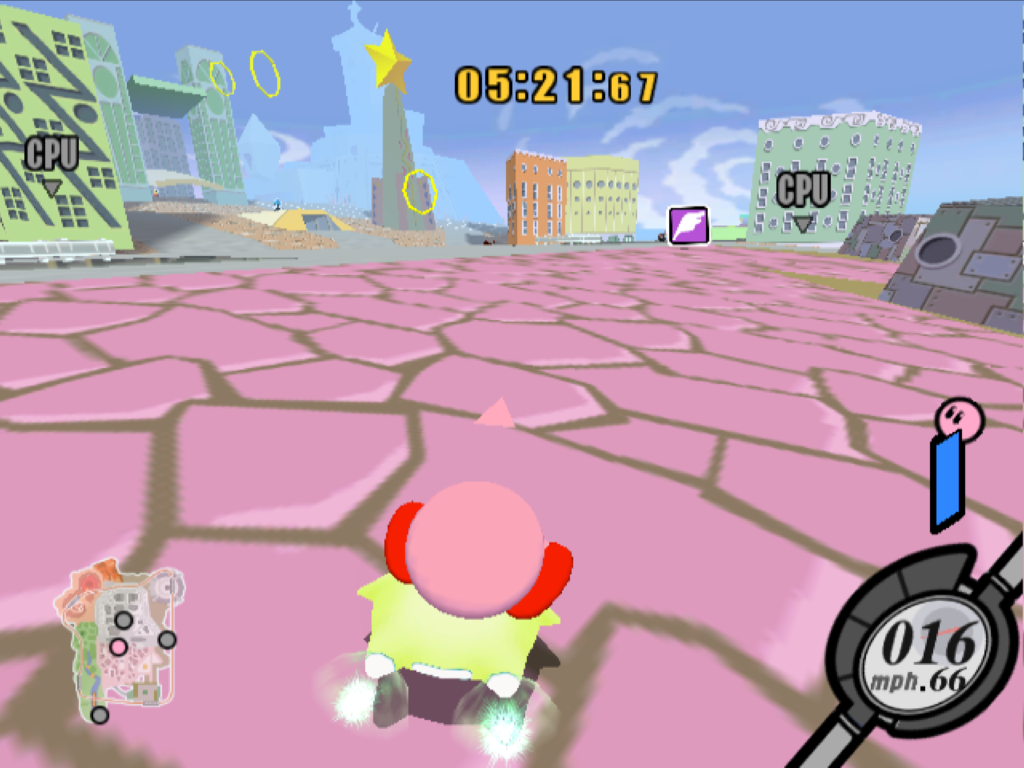
City Trial puts from one to four players, either human-played or computer-controlled, in a free-roaming city area. It’s not really a “race” at all. While the city is, spatially, quite large, the players’ warp stars are so fast that it only takes about 20 or so seconds from one end to the other, and the game also keeps you appraised of where the other Kirbys are with on-screen indicators and a map in the corner. Over a period of between three to seven minutes, you zoom around trying to collect powerups for your star. They come in a variety of types: Top Speed, Acceleration, Charge, Turning, Gliding, Weight and more, all taking the form of 2D icons scattered randomly around the city.
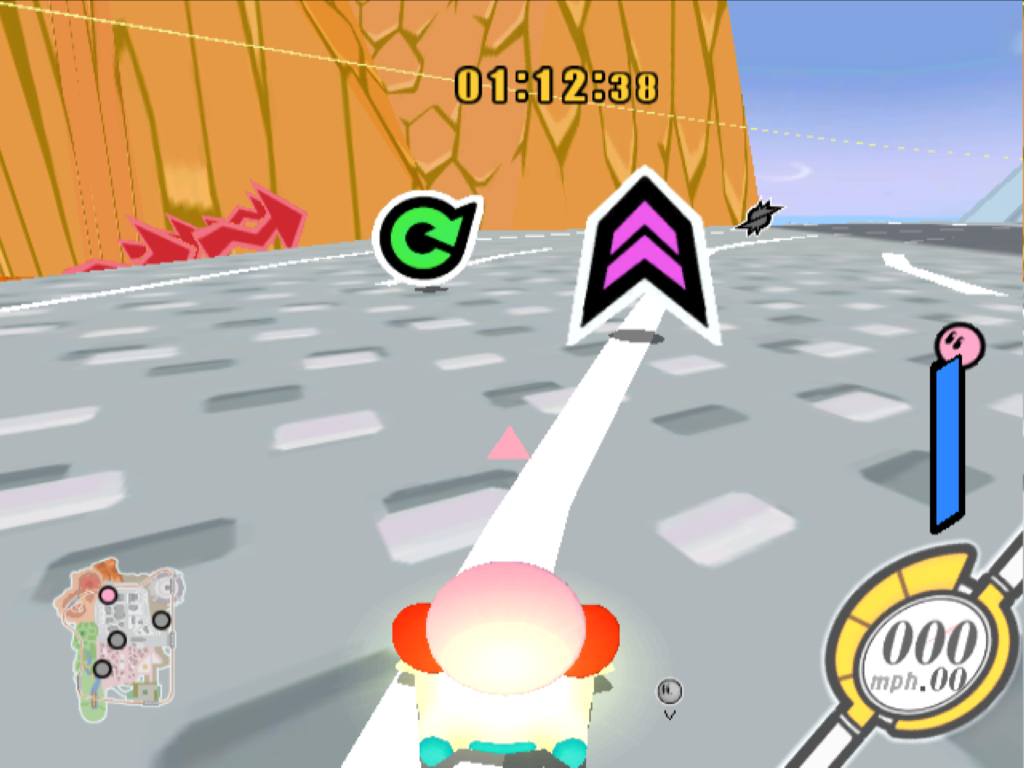
As you collect icons, each provides a small permanent (for the duration of the match) improvement in that one area of your star’s performance. Some are in boxes, which must be broken apart either by colliding with them repeatedly or spin attacks. Some of them are gray-colored, which are permanent power-downs.
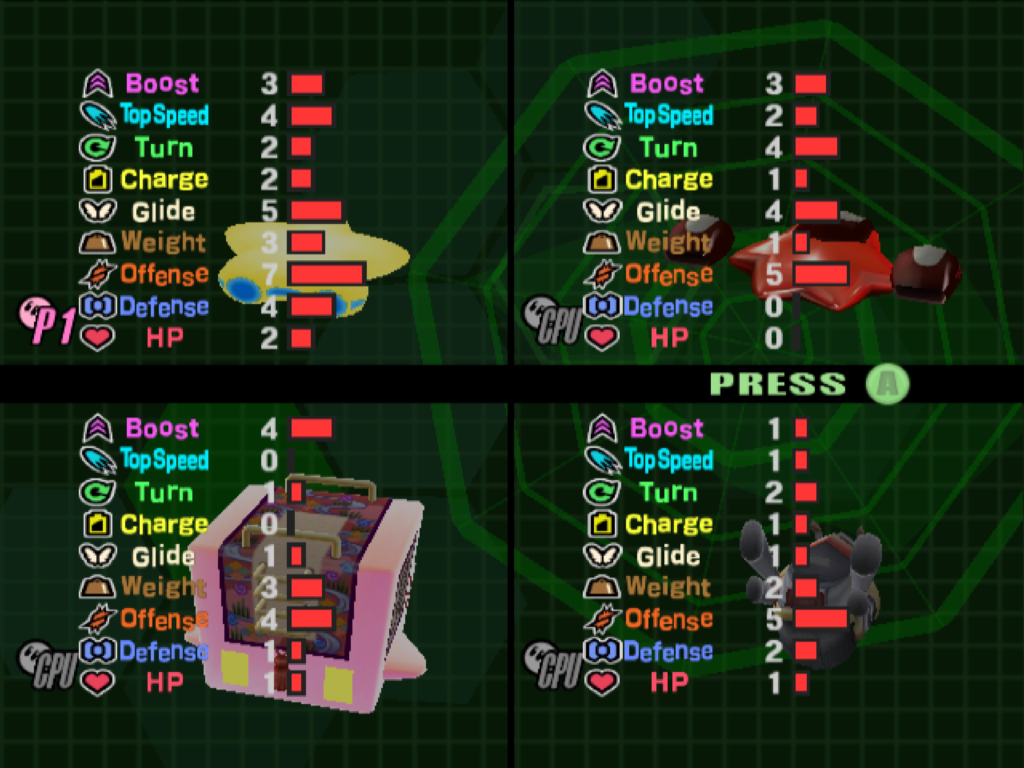
Throughout the time limit, you seek out and collect as many as you can. If there is a maximum stat you can reach I’ve never seen it; I think it can go at least as high as 20 icon’s worth, but it’s nearly impossible to get that high. It’s gratifying to feel your default “Compact Star” get steadily better and better as you snatch powerups. But also, there are other vehicles throughout the city, and you can get off your default star at any time by holding down on the control stick and the A button and board another one. All of the varied stars from Air Ride mode (some of which aren’t really stars at all) are present, and they all control really differently from each other. Some even have special properties, it’s not a case at all of them just having different stats. When you switch stars, you get to take all of your collected powerups with you, though if you have a lot you’ll drop some, and have to spend a few seconds picking them back up again.
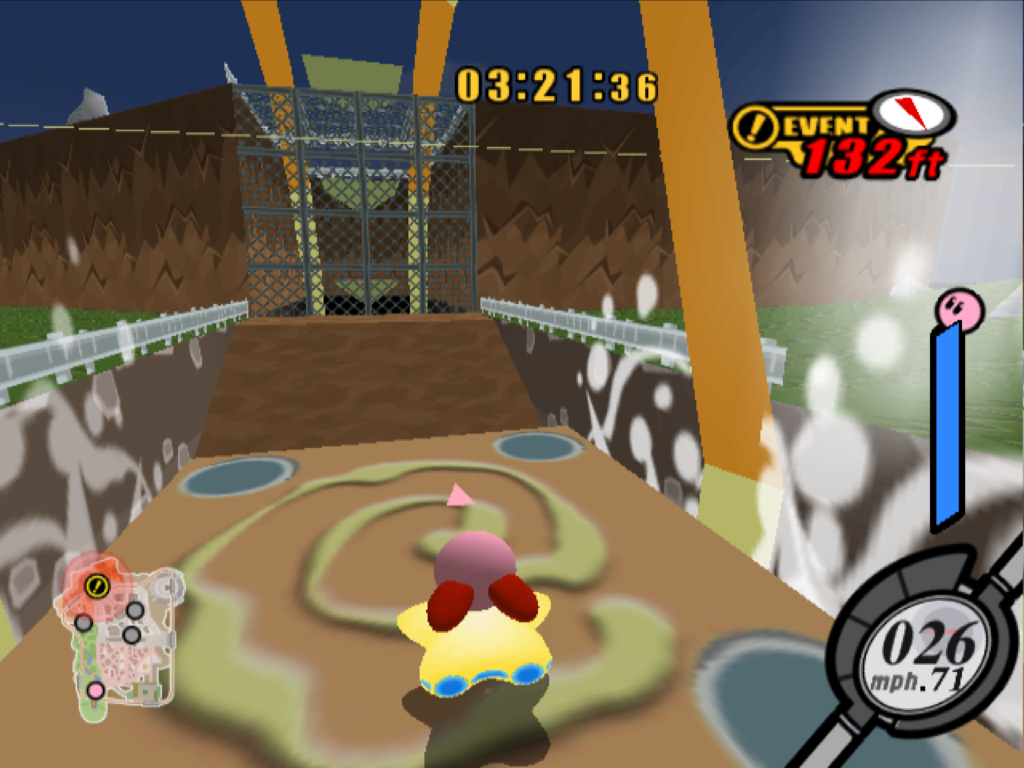
The amount of care that went into this one mode is almost shocking. You can attack other players and steal their powerups! You can even destroy their warp star, and force them to wander around on foot to find a replacement! Some of the traditional Kirby copy abilities can be found and used against the other players! There’s random events, with a lot of variety, that can happen, providing different dangers, or opportunities. You can sail out over the ocean on your hovering star. If you get enough height, you can fly over the invisible border wall and explore even more ocean.
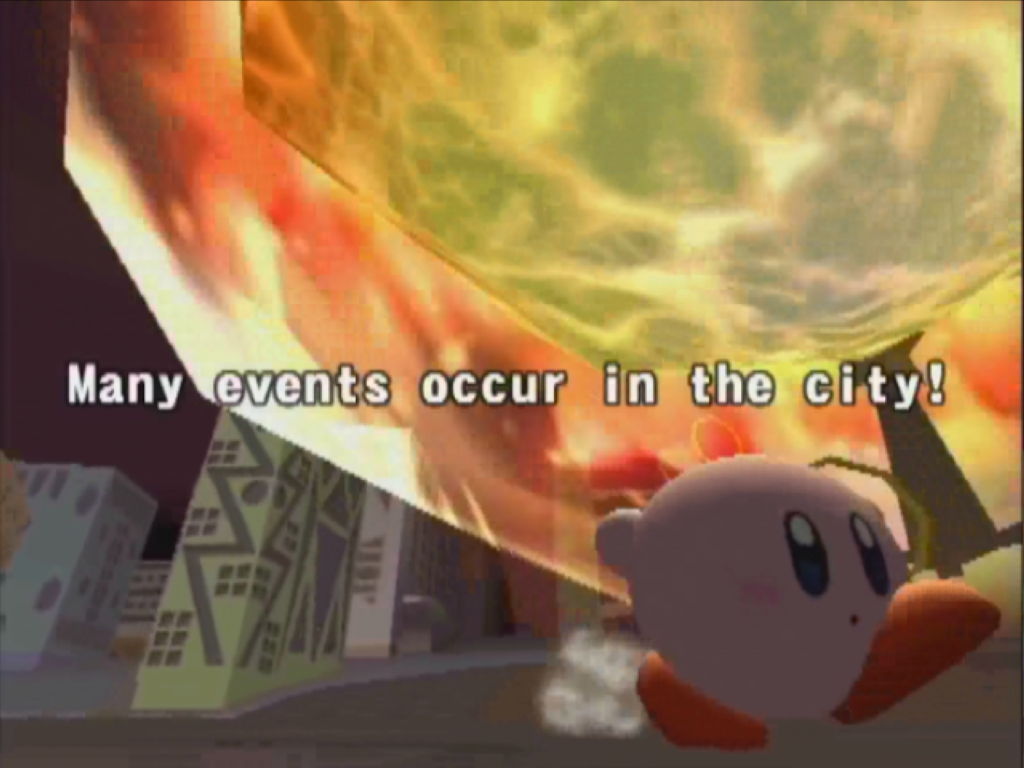
You can also collect Legendary Machine parts, which are hidden in some of the boxes. The Hydra, from the more recent Super Smash Bros. games, is a direct reference to this. If you manage to find all three parts, to either the Hydra (the green one) or the Dragoon (the red one), you get to ride it. They’re both ludicrously overpowered, although they can also be difficult to control.
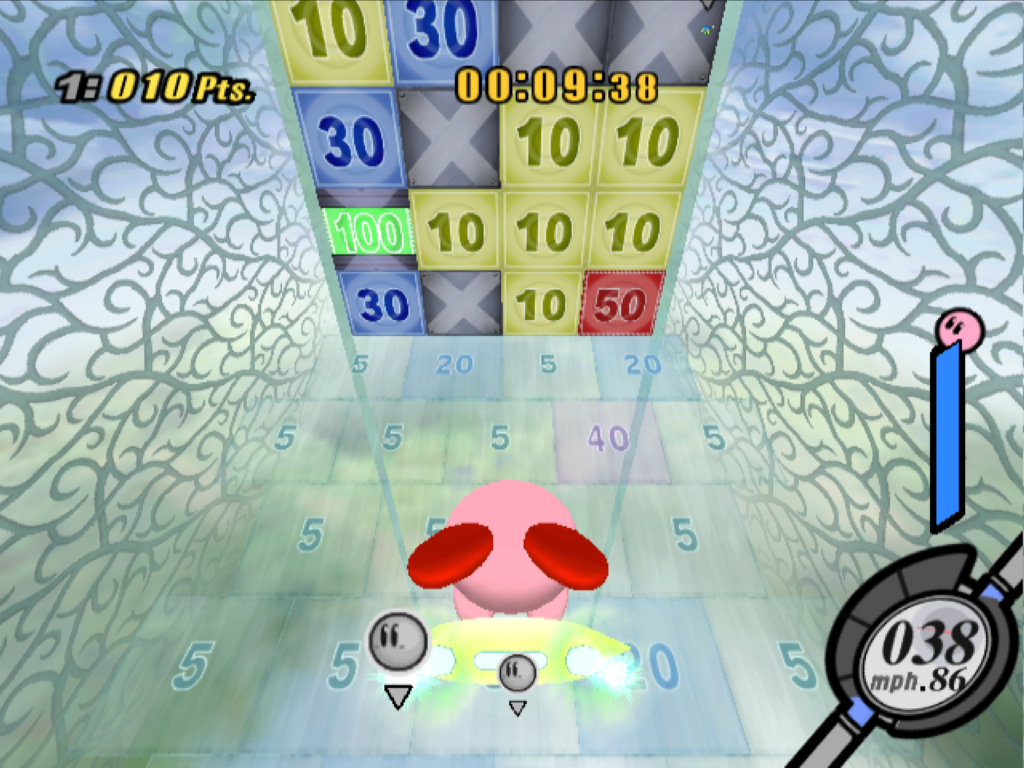
The real mark of genius in this mode is what happens when time runs out. The game shows a chart with everyone’s vehicle stats on it, then throws all the players into a random event. Your vehicle’s stats may make this event easy or hard! If you end up in an event where you have to attack enemies or aim to collide with targets, you might find yourself wishing you had laid off getting all those speed-ups, but plenty of the events are races too, including all of the race courses from Air Ride mode. How do you know what kind of event it coming up? There are two ways: sometimes, during the City Trial portion, the game will drop you a text hint as a message. (Hilariously, once in a great while it lies.) Or else, if you don’t like the randomness, you can choose broadly what kind of event will happen in the game settings.
Whichever player comes out on top in the event, the victory is short-lived. There is no huge victory celebration, no advantage to be gained. The game doesn’t even save player profiles. But City Trial mode is entertaining enough that we don’t really end up caring much? It’s even fun to play against computer opponents.
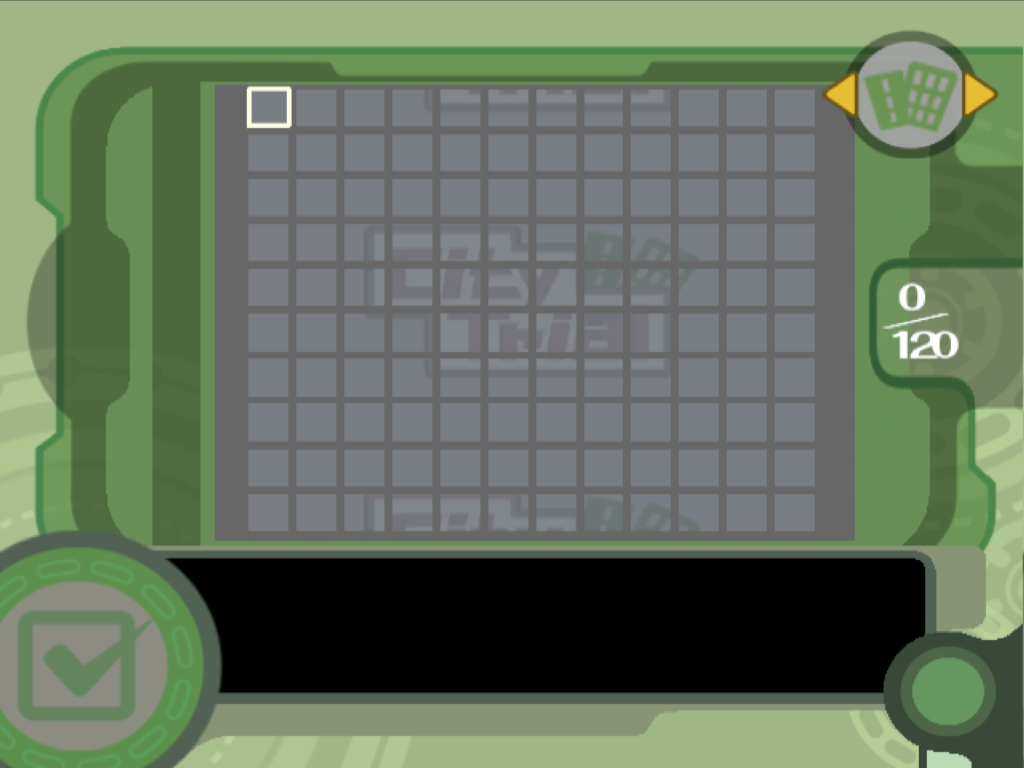
Each of the three modes in Kirby Air Ride has a “checklist,” a grid of squares, each representing some accomplishment, or at least occurrence, that can happen in its game. This is the closest thing Air Ride has to progression. If you’ve seen the Challenges in Super Smash Bros. Ultimate, this is the same kind of thing. All of the challenges are hidden at first, but when you unlock one, the requirements for the ones around it are revealed to you. Some of the boxes unlock things, like new events, being able to play as Meta Knight or Dedede in the practice mode, or more Kirby colors. But mostly it’s just something to give obsessive players (like myself) something to work for. In a racing game without even a Grand Prix mode (seriously what is up with that?), I’ll take what I can get.
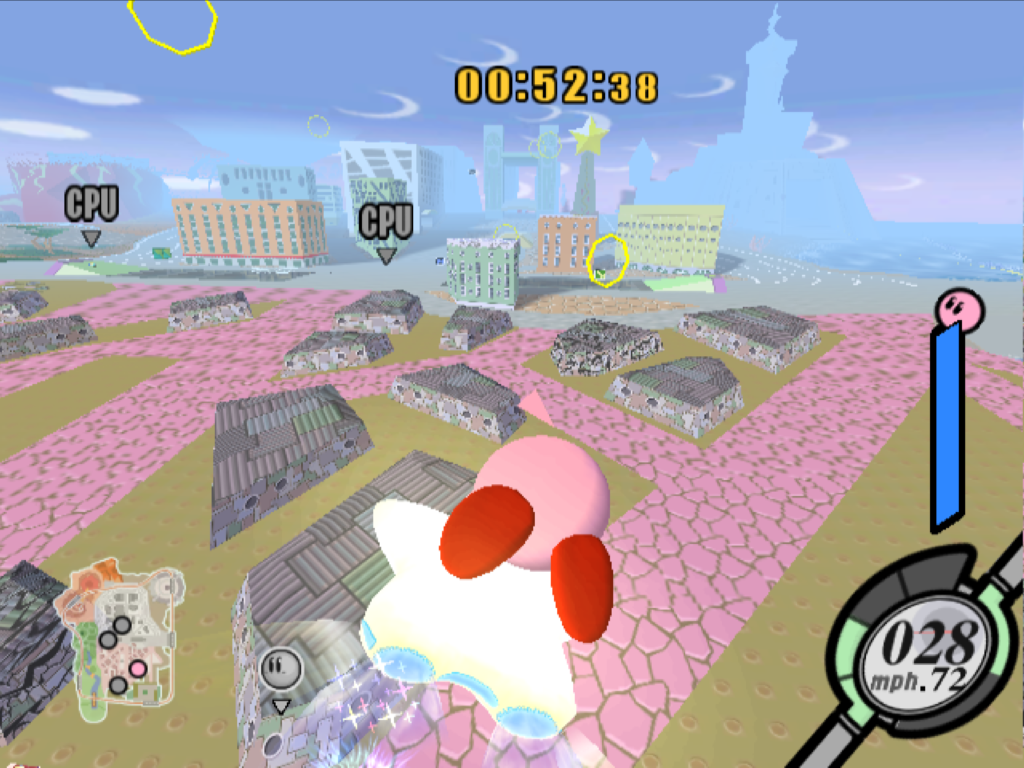
One more cool thing? Until fairly recently (and ignoring that non-canonical anime series), City Trial was our only glimpse into what day-to-day life was like in Dream Land. This city is evidently where Kirby and his friends live and play (I don’t think any of them have a job). There’s skyscrapers, a river, an ocean, an underground region, mass transit rails, a golf course (overseen by Wispy Woods), a castle and a volcano, and even “dilapidated houses,” which the players can demolish with their vehicles. I guess even Planet Popstar has a seedy part of its towns.
Apparently, day-to-day life in Kirbyland is spent in endless vehicular combat sessions. I’d like to say that I’m surprised, but for some reason, I’m not.
If you’d like to see how this works out in play, here’s an hour and 54 minutes of City Trial play, without commentary, on Youtube:
For this perceptive podcast, I sat down with Sinister Design’s Craig Stern to catch up about RPG design and his latest game Together in Battle. We talked about adding more relationship and character development to an SRPG without taking away the player’s control or tactics.

On Romhack Thursdays, we bring you interesting finds from the world of game modifications.
Super Mario World is one of the most hacked games of all. There’s a whole website devoted to hacking it, SMWCentral. They do have Yoshi’s Island and Super Mario 64 hacks too, but SMW is the main attraction.
They’ve done a bunch of contests over the years, where different members compete in judged hacking competitions to make hacks to various criteria. In April they wrapped up their second “Questionable Level Design Contest,” QLDC. And the gimmick of the winner is… pretty special.
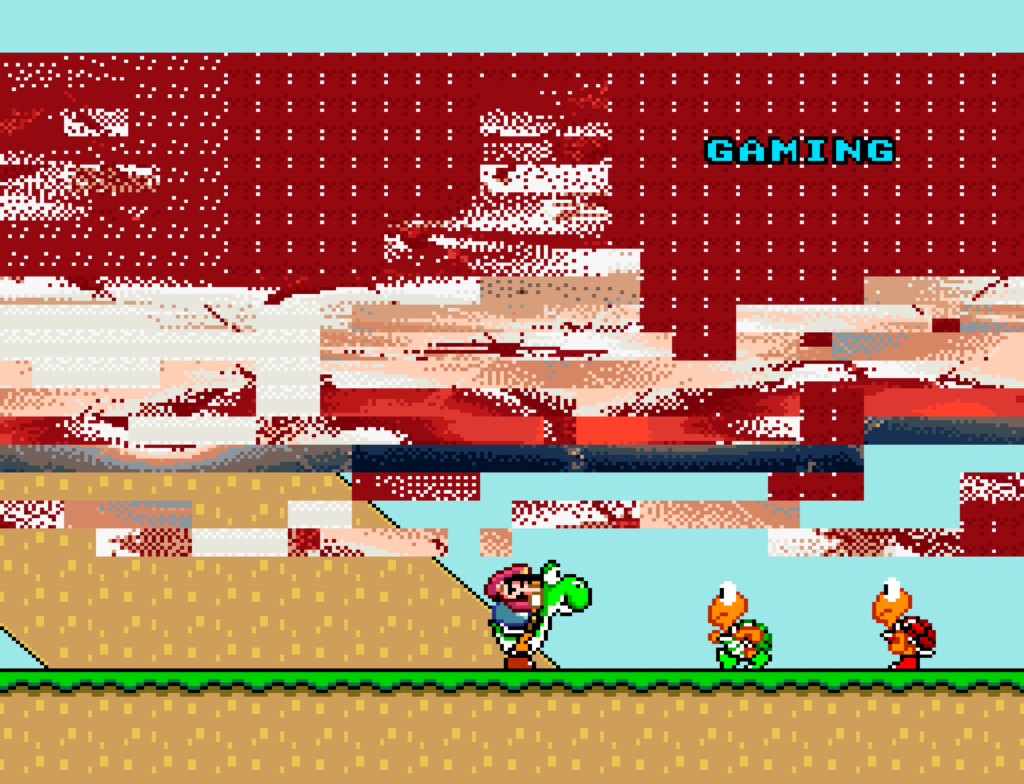
Please overlooked the glitchy title screen. In this one, the presentation isn’t the main attraction.
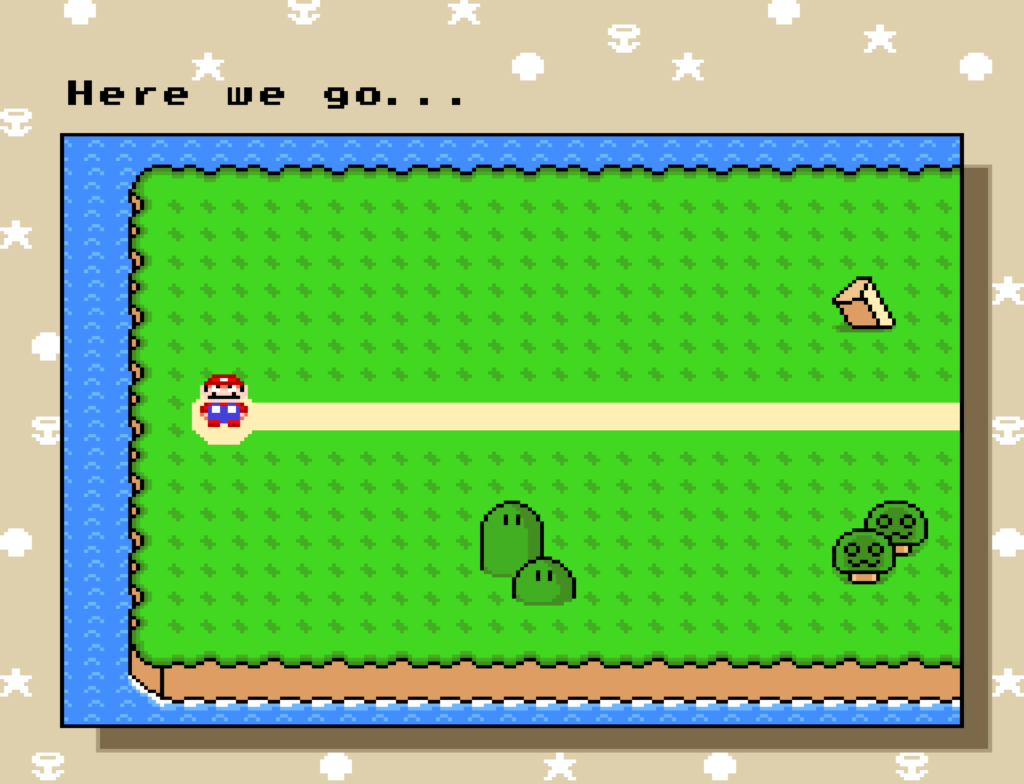
A long walkway to the right from the starting location.
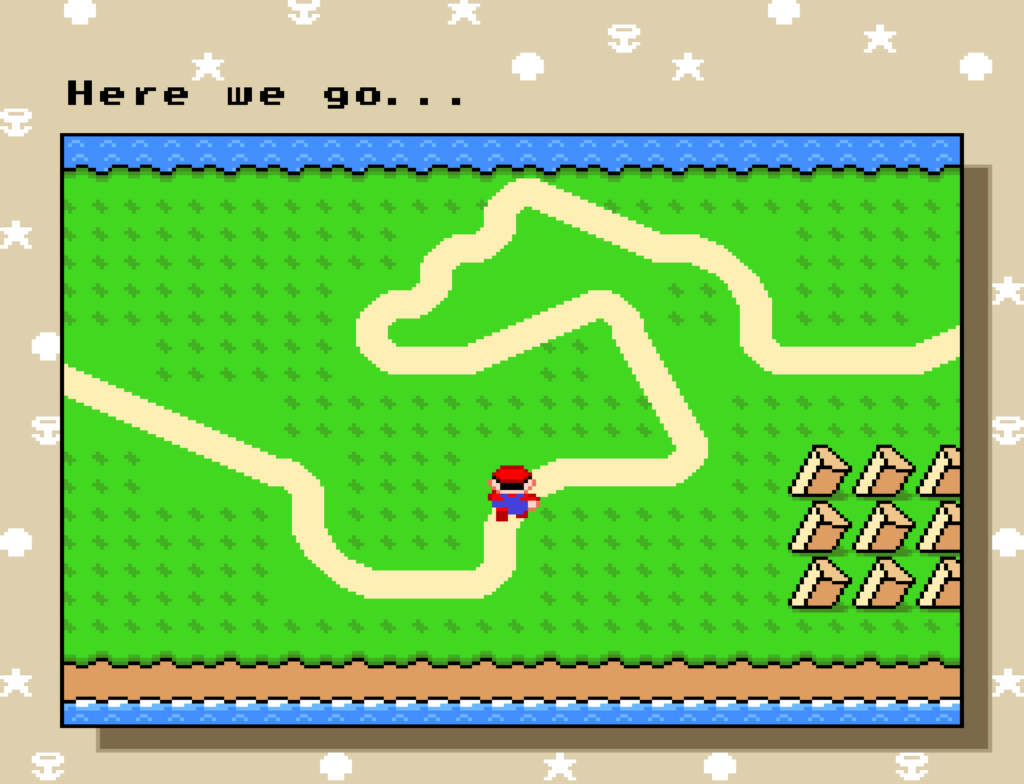
What? Is this a troll hack? One that just makes you run everywhere and nothing ever really happens?
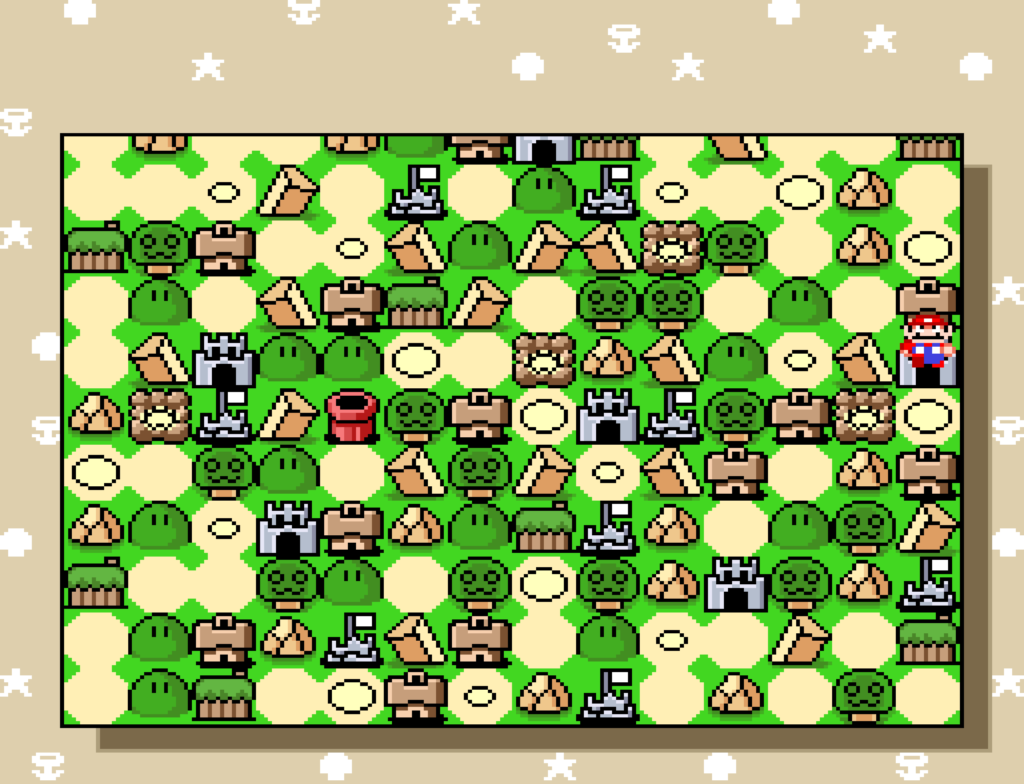
Hmm. This screen looks like it’s full of levels, but none of the circles or houses work. The object is to get to that red pipe.
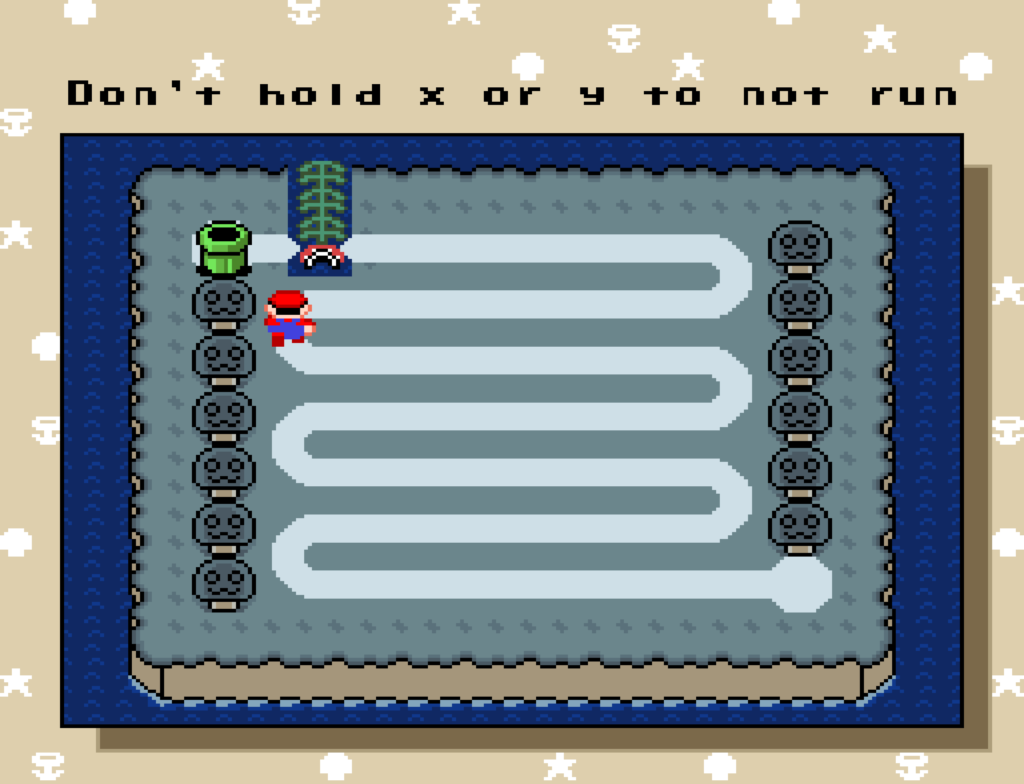
You hold X or Y to run, or, as this screen mentions, don’t hold X or Y to not run. That Pirhana Plant is animated, and if you run into it while it’s in your way, you have to restart the screen. A fun gimmick, sure, but we’re just getting started.
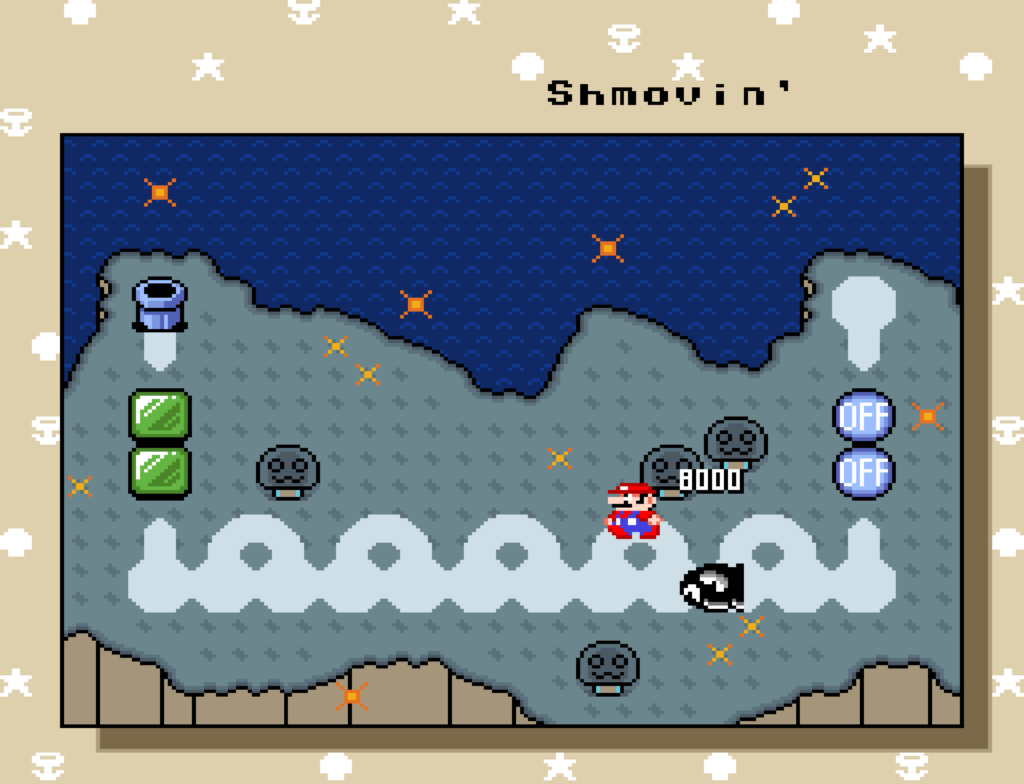
In case you haven’t cottoned to the gimmick yet–there is no actual level. The whole game is played on a series of connected map screens. You’d think not a lot would be possible, but in this hack, Mario can actually “jump” on enemies if his feet touch them. On this screen, Bullet Bills enter from the right, and you have to use the curved paths, along with judicious running, to “stomp” them with the right timing. When you reach the OFF circles to the right you clear the green blocks, and then have to work your way back left to get to the pipe.
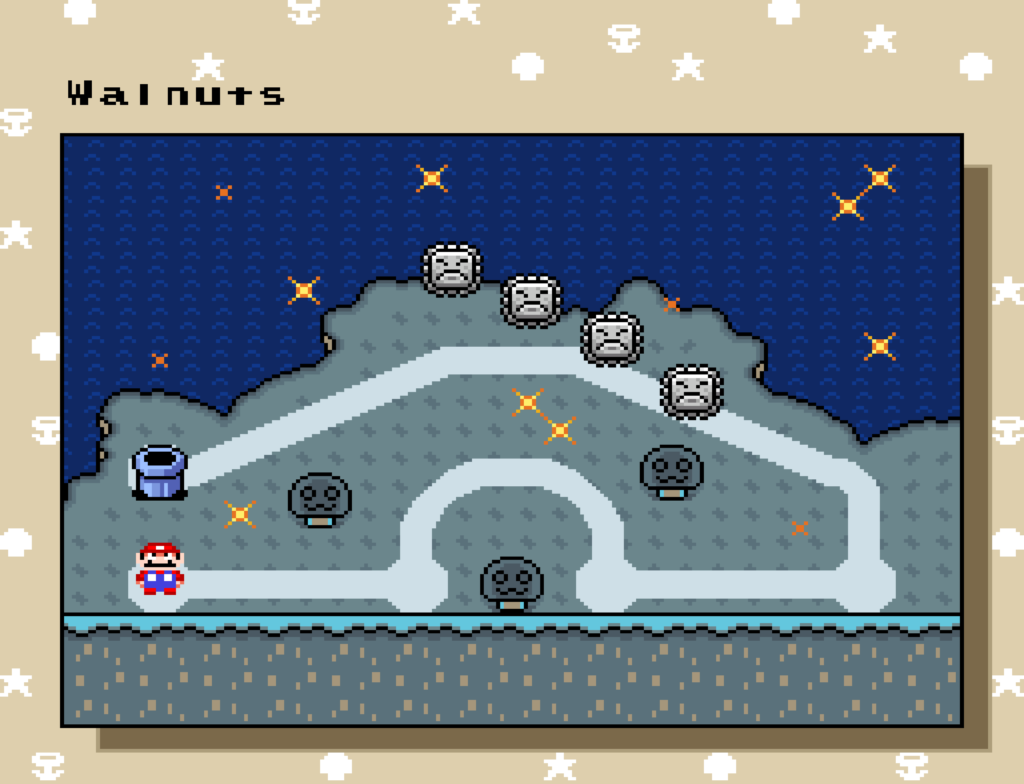
And on this screen, the Thwimps jump back and forth, and you have to avoid them as you pass around the screen. If you touch an enemy you don’t “die” so much as get sent back to the start.
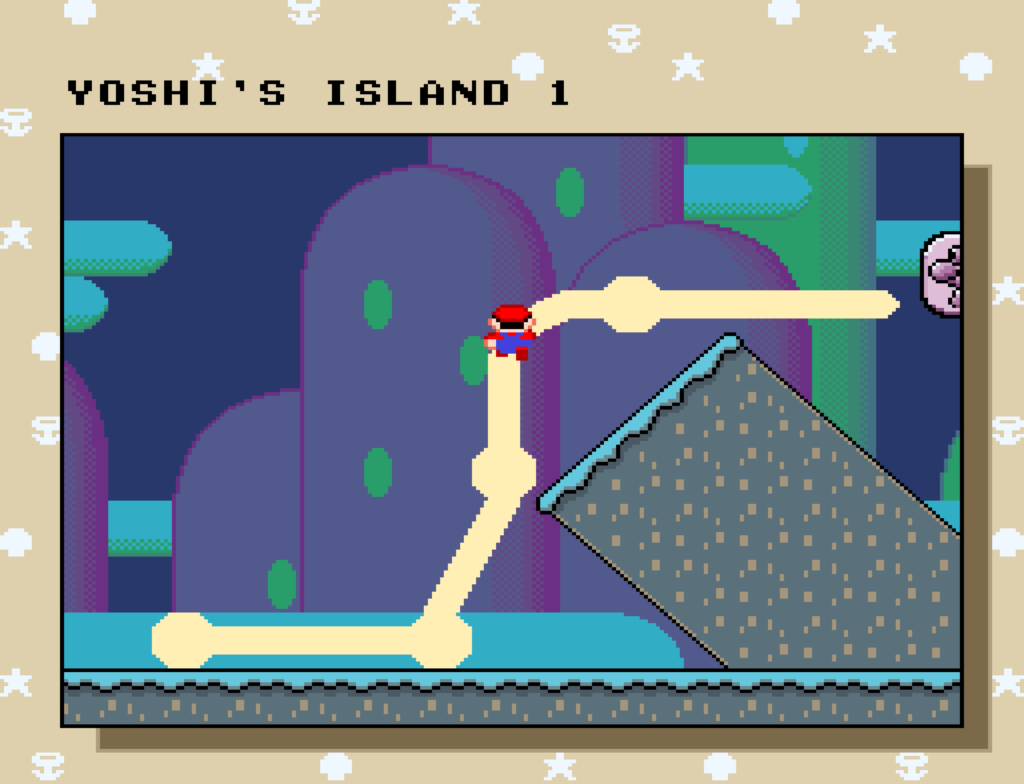
Then you get to this screen, which is a remake of a portion of the first level, and you wonder how far they’re willing to go with this gimmick.
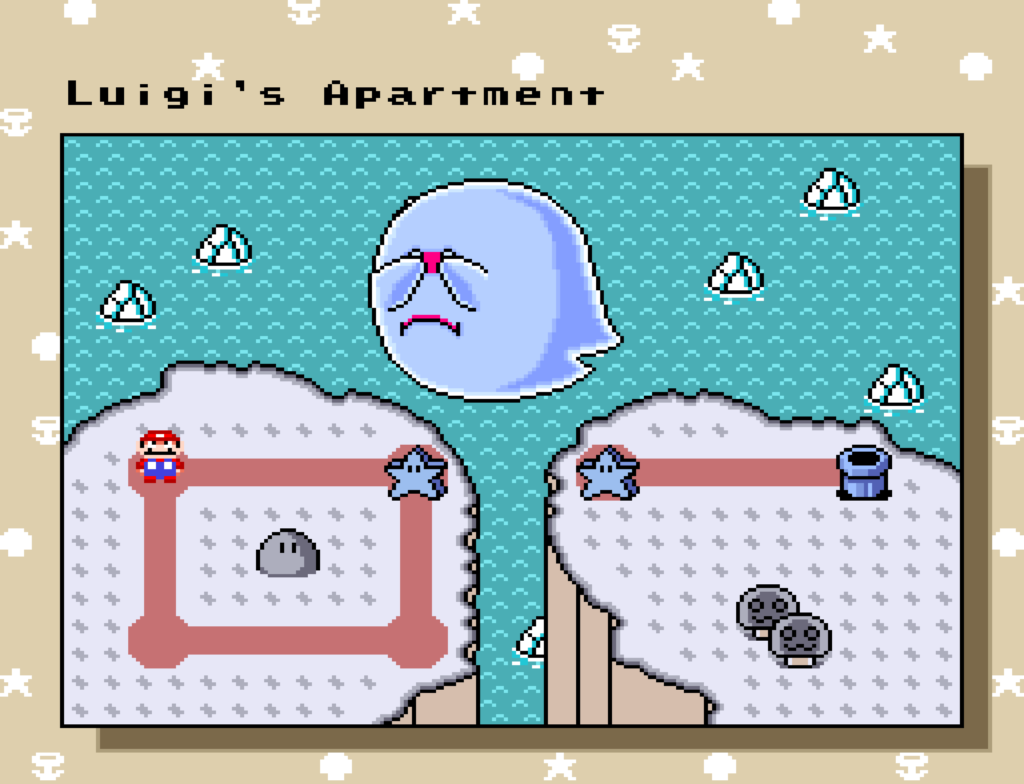
As it turns out, they’re (“they” being Faro and MM102) not even close to being done. This level introduces these Stars that, when you press A on them, cause Mario to do a spin jump. This jump, however, actually activates the standard SMW platforming engine. Mario can move around as if he were in a level. Here you have to use that jump to bounce off the Big Boo and land on the other Star, which puts you back into map travel mode and lets you go to the pipe. The following levels make extensive use of this feature, and there’s lots left to explore.
The creators made a playthrough video, embedded below (it’s about nine minutes), but they suggest that you try the hack yourself first. You can do what you want, but it’s a joy discovering how they unveil progressively crazier gimmicks as you go. Consider trying it our yourself first, if you have the mind and means.
Patch for “My QUDC Level” in BPS format (SMWCentral, use flips.exe to patch an unmodified Super Mario World ROM-you’re on your own for obtaining that, of course)
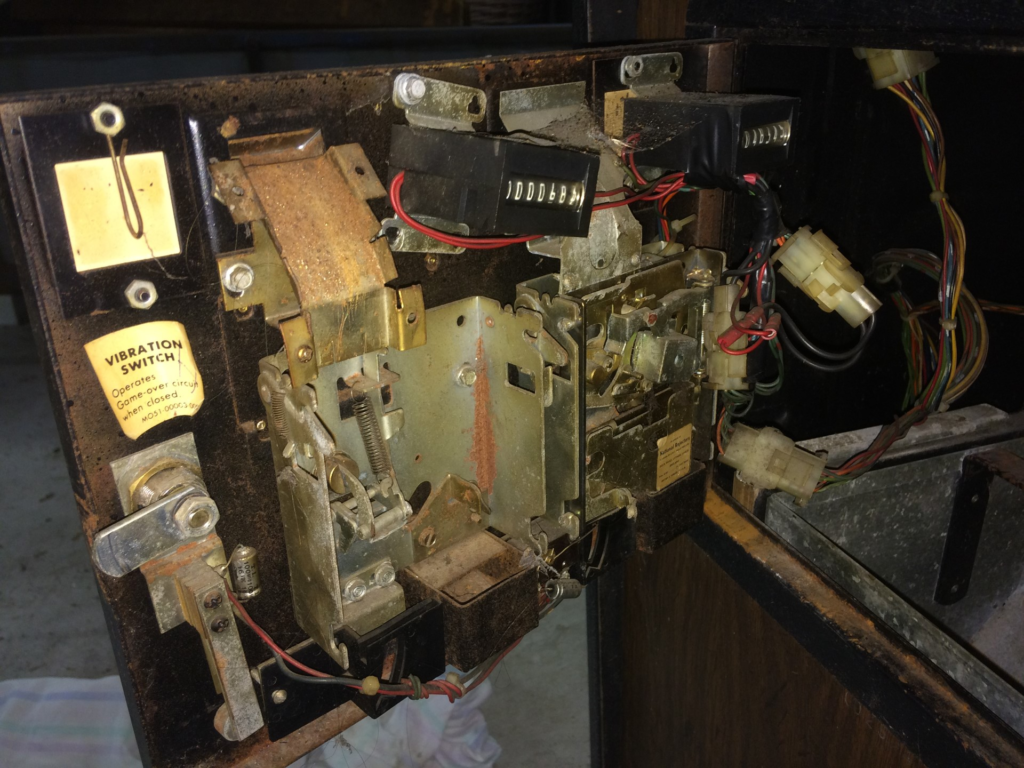
I’ve been working on diversifying our link game a bit, so here’s a more academic article, one with an actual bibliography no less, from the site romchip.org, by Kieran Nolan on restoring arcade machines. I’ll let the link speak for itself this time!
Arcade Entropy (romchip.org)
The fine folks at Roguelike Celebration are holding a free “fireside chat” style preview event next month on the 10th, at 4pm US Pacific time, 7pm Eastern! Any rogue-likers out there should definitely have a look.

You can submit a question for the talks here, and get a free ticket for them here! And look forward to the full Roguelike Celebration 2023 event on October 22 and 23!
Revealed by Amber V at Automaton, Nintendo has gone on a spree of filing patents on features of The Legend of Zelda: Tears of the Kingdom.
Some of the software they’re trying to add the force of law to protecting include adding momentum of an object to a character standing atop it, figuring out what object the character is standing on, and showing a map of a place the player is fast traveling to during its loading sequence. What is it with companies patenting things that can be done during loading? Namco for a long time had a patent on minigames that could be played during loading periods, which is why for a long while (perhaps to this day) you have had to sit and wait for a game to complete loading before doing anything, instead of at least having fun during that time.
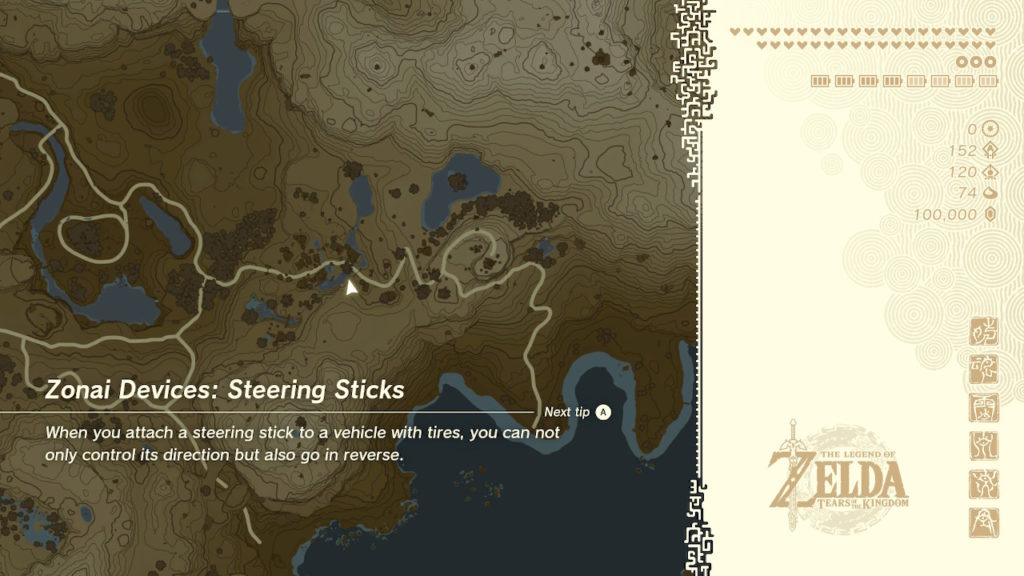
My stance, long-held and admittedly strident, is that patents should not be applied to software, ever, full stop. I am sure that some people might disagree with that opinion. They are welcome to, but I am unlikely to change their mind without a damn good argument.
Nintendo registers numerous new patents from Tears of the Kingdom, even for loading screens (automation-media.com)
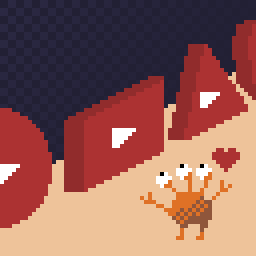
Sundry Sunday is our weekly feature of fun gaming culture finds and videos, from across the years and even decades.
Internet Funeral was (is) a subreddit dedicated to surreal images with text within them. Reddit is currently in a Muskian implosion, but fortunately lemmy.world has its own version of Internet Funeral, which is where these images come from.
Luigi and Peach get existential:

mAsTeR sWoRd tImE:
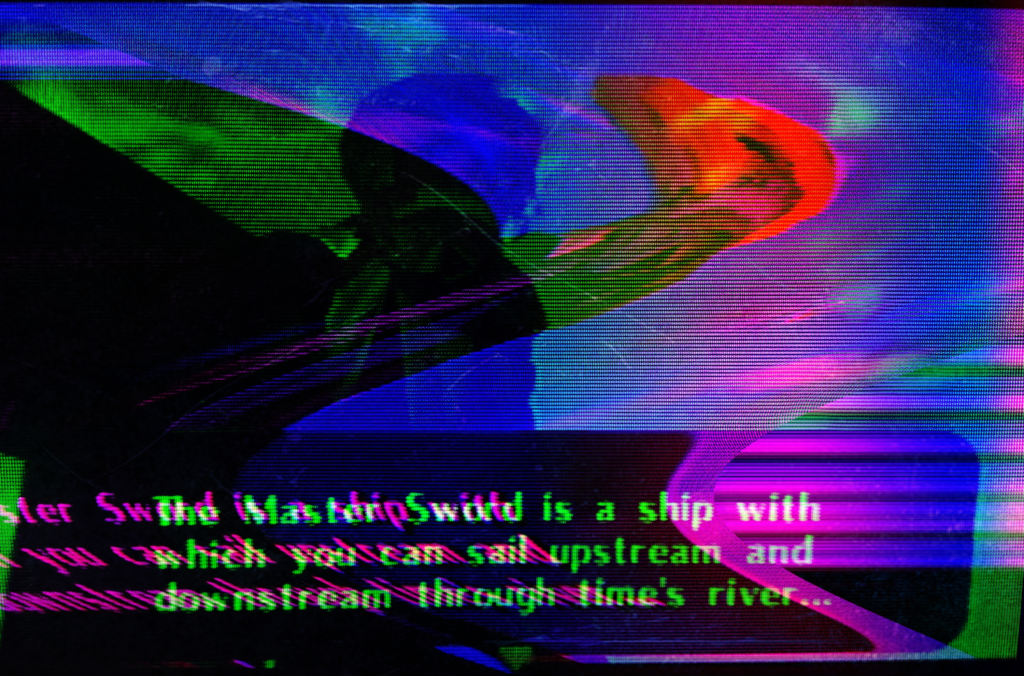
Oh no I’m not ready:

“Psychology Warning”:

You don’t see that every day:

And, a 22-year-old site obituary:

Every time Homestar Runner releases something new, it’s cause for celebration. They’ve been doing this for 23 years, and that’s not counting the original Mario Paint thing with the characters they made, long ago, that kicked off their merry legacy. Even though the days of them updating weekly and Strong Bad popping off sarcastic answers to emails left, right and center are long gone, every few months another new thing comes out of the Brothers Chaps’ content grinder, and we love that kind of sausage.
Of course making free stuff doesn’t pay the bills, and Adobe Creative Cloud is hella expensive these days, so much of their more recent stüf takes the form of little paid projects, like the Trogdor board game. So it is with this, a quite nifty collection of three point-and-click adventures. One of them came from their website long ago, but it’s now remade in that Unity thingy. it’s joined by two completely new games, and the three of them have better animation and full voice acting now! All are full of the wit and fun that Homestar Runner-branded contentTM has long been known for.
I managed to finish it in a night, but it was a very entertaining night! This thing is packed full of more jokes and character even than the Telltale series they did back in the Wii days. It’s amazing how many obscure interactions have unique voice lines, so be sure to try everything, and using everything on everything else.
Dangeresque: The Roomisode Triungulate, on Steam and itch.io (Windows and Mac, $8)
Wurm: Journey to the Center of the Earth is a Famicom/NES title with a lot of ambition, perhaps too much. Over on his self-named blog Kid Fenris posted a long article on it back in March. It makes it seem a lot more interesting than it otherwise would! We at Set Side B love experiments, successful or failed, and Wurm certainly was one, with shooter, side-scrolling platformer, first-person boss fights and even some visual novel elements. And protagonist lady named “Moby” is searching for her boyfriend named “Ziggy.”
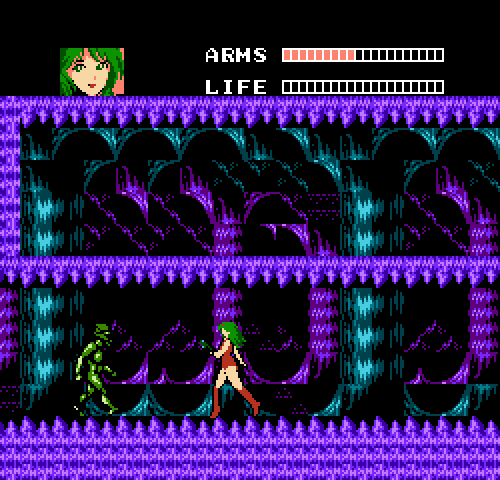
The post mentions that designer Shouichi Yoshikawa, a.k.a. “Angela,” has an interview up at GDRI. It also mentions that Angela used to have a site devoted to their game, which while gone now has a backup on the Wayback Machine! Sadly the promised English version of the site never materialized.
Also–Kid Fenris mentions he once wrote about Wurm on GameSetWatch. My old stomping grounds!
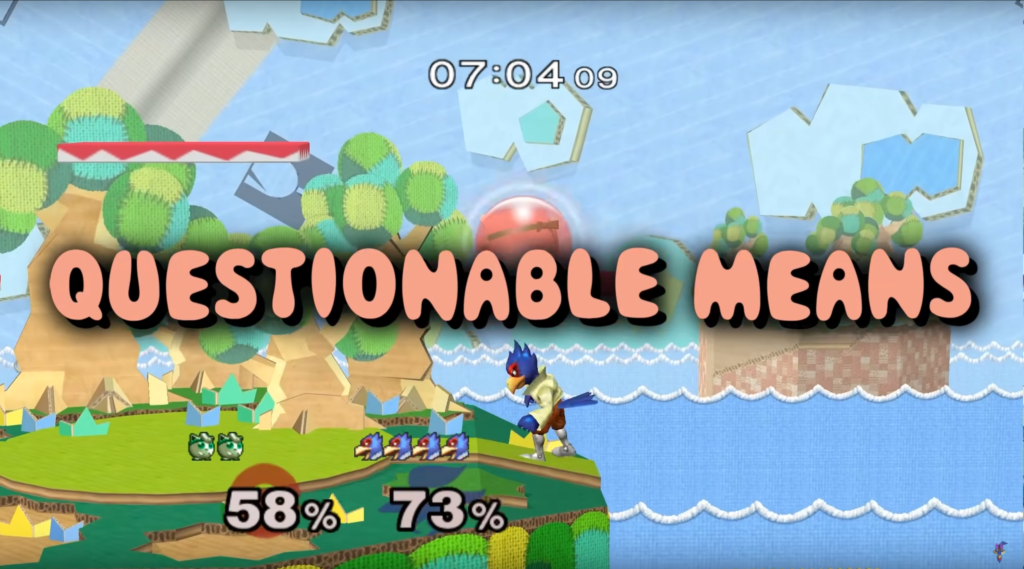
If there’s two constants here at SSB, it’s that we post a lot of Nintendo content, and a lot of Youtube video stuff.
Nintendo, because they’re the most interesting of the major console manufacturers, and one of the most consistently great developers around today. I still think that Atari’s coin-op division, later split off as Atari Games, was more ingenious in their classic era, because they made such a wide variety of games and rarely did sequels, but Nintendo would definitely be second place, and has the advantage of still being alive as a company. (Atari Games has been gone for 18 years now, and that number isn’t getting lower. That makes me really sad.)
One of Nintendo’s biggest series is, of course, Super Smash Bros. It wasn’t always so. Smash on Nintendo 64, the first in the series, was a great little game, and the first time that they crossed over between basically all their properties, but it wasn’t until Melee, the second game, that it really became huge, despite being on the relatively low-selling Gamecube hardware.
Super Smash Bros. Melee was the game that really established the pattern for the rest of the Smash series: offer a ton of content, give everyone unprecedented amounts of fanservice, and offer a super fast-paced game with an eye towards the esports scene.
On that last point they succeeded: Melee is a very popular esports game. I don’t know if it’s more popular than Ultimate, the current Smash game released for Switch, although I don’t follow that scene generally so I really have no idea. All of the Smash games have some esports interest, but Melee’s the most popular previous title, I think.
Melee had a 13 month development time, fairly short, and resulted in a fair number of bugs, and that’s where AsumSaus’s videos are most interesting. Few games have had their internals splunked as deeply as Melee’s has, and they dredge up the most interesting facts from all that data.
I’ll just present one of their videos this time out, from three years ago, but I leave the door open to spotlighting others in the future. They’re just that interesting. So, here’s their 37-minute video asking, in considerable depth: outside the specific and highly particular subset of Super Smash Bros Melee that is tournament-level competitive play, taken as a whole: is the game actually good? He obviously enjoys that one tiny bit of it a great deal, but, what about all the rest? Watch the video to find out.
Is Melee A Good Game (AsumSaus on Youtube, 37 minutes)
A double indie game review featuring OTXO (played with a press key) and Cassette Beasts (played with a retail key)